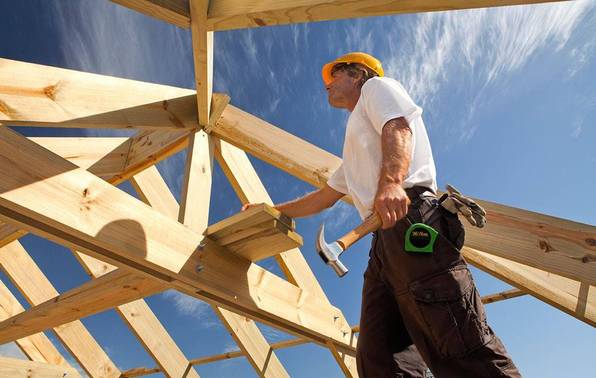Building and resource consents
A lot of renovation work requires a building consent before you start.
A lot of renovation work requires a building consent before you start. We look at the type of work which requires consent and also when you are likely to need resource consent.
Building consent
Getting a building consent is the owner’s responsibility.
To find out whether you need a building consent for your renovation project, check with your building consent authority first. Don’t ignore this step as it may be discovered at a later date, for example when you decide to sell.
Under the Building Act 2004, building work (relevant to alterations and renovations) which requires consent includes:
- Alterations, additions and many structural repairs to existing buildings, for example, removing or changing structural load-bearing walls. In some cases you will need consent to replace all wall linings at once as they may serve a structural purpose. Any alterations to intertenancy walls, i.e. those separating units in a multi-unit development, will need building consent.
- The demolition of existing buildings and structures.
- The removal or relocation of existing buildings.
- Sitework, for example, earthworks for a new extension.
- The construction of decks one metre or more in height above ground level.
- Retaining walls that:
- Are above 1.5 metres in height above ground level, or
- Will retain driveways or structures - the 1.5 metre height limit does not apply in this case.
- Changing building use, for example, converting your garage into a bedroom.
- Plumbing or drainage work (other than routine maintenance).
- Installing or replacing an inbuilt, free-standing log and solid fuel burner, heater or open fire place.
- Putting in a swimming or spa pool.
- Installing communications aerials for television repeaters, mobile phones or radio (but not standard home television antennae).
- The construction of substantial fences such as a fence made out of concrete requiring heavy foundations, or a fence over two metres high.
Work carried out without consent
If your prospective purchasers discover from the council files that work has been carried out without consent (this applies to houses built since 1993), they will have no way of knowing if the house is safe. You can apply to the council for a certificate of acceptance which can be issued for work that was done without a building consent. A certificate of acceptance certifies the building work that can be inspected as compliant with the Building Code.
Resource consent
You may be required to get resource consent, for example, if you are adding a room and the foundations require major earthworks, or if the new room will be closer to the boundary than allowed in the district plan. This should have been sorted at the time your plans were being drawn. Some councils check every building consent application to see if any resource consents are required.

Case study
Anthony discovered that getting resource consent was not necessarily the end of the story. He wanted to build a garage on a back-section and needed resource consent due to local planning requirements.
The resource consent was approved, but with a condition stating that all storage, unloading and re-loading of equipment had to take place within the site boundaries. This has caused major problems, because access to the back section is via a right of way, and the neighbours are objecting to its use to transport the materials and equipment. Anthony has found he is unable to build the garage and is seeking legal advice.

Building articles
Whether you're planning to build your own home or renovate an existing one, we've got you covered with a wide range of articles covering the whole process.

Renovating articles
Renovating and altering houses is a favourite pastime for many New Zealanders. Our articles take a look at what's involved when you undertake a renovation project.

Home maintenance
Regular maintenance is needed to ensure your house holds its value and remains safe and comfortable to live in.
Member comments
Get access to comment